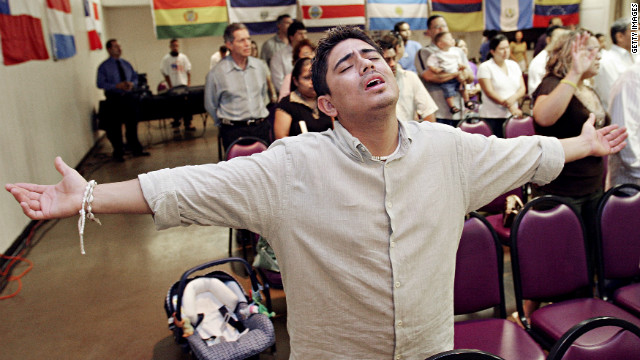
"But to what shall I liken
"But to what shall I liken
this generation?
Matthew 11:16
A. Understanding Millenials
6 Lessons about Millenials
1) Life Is Better
In Disorder, 2) Better Together, 3) Success Is Not Measured In
Dollars, 4) Real Deals Are Free, 5) The Life Of Luxury Doesn't Have To Wait, 6)
They Have No Intentions Of Waiting For The World To Come To Them...(more)
The Millenial Handbook
This is a ‘snapshot’ guide to the Millennial Generation (or Gen Y), the generation of children born beginning 1978-1982 and graduating high school around 2000. They are the most diverse generation yet, with approximately 38% of 18-24 year-olds being non-white...(more)
B. Young Millenials lossing faith
25% young adults choose “unaffiliated” when asked about their religion, but 55% within this group identified with a
religious group when they were younger…(more)
Less Religiously Active Than Older Americans, But Fairly Traditional In
Other Ways…This is part of a Pew Research Center series of reports exploring the behaviors, values and opinions of the teens and twenty-somethings that make up the Millennial generation....(more)
C. Why I hate religion, but love Jesus
Why I hate religion, but love Jesus
But if
Jesus came to your church, would they actually let him in?..... Religion puts you in bondage while Jesus sets you free…Religion makes
you blind, but Jesus makes you see...(more)
Five myths about young adults
Myth 1: Most people lose their faith when they leave high school.
Myth 2: Dropping out of church is just a natural part of young adults'
maturation.
Myth 3: College experiences are the key factor that cause people to drop
out.
Myth 4: This generation of young Christians is increasingly
"biblically illiterate."
Myth 5: Young people will come back to church like they always do...(more)
D. Juvenilization of American
Christianity
Juvenilization of American Christianity
How has
"juvenilization" of churches led to widespread spiritual immaturity,
consumerism, and self-centeredness, popularizing a feel-good faith with neither
intergenerational community nor theological literacy? Bergler’s critique
further offers constructive suggestions for taming juvenilization...(more)

































